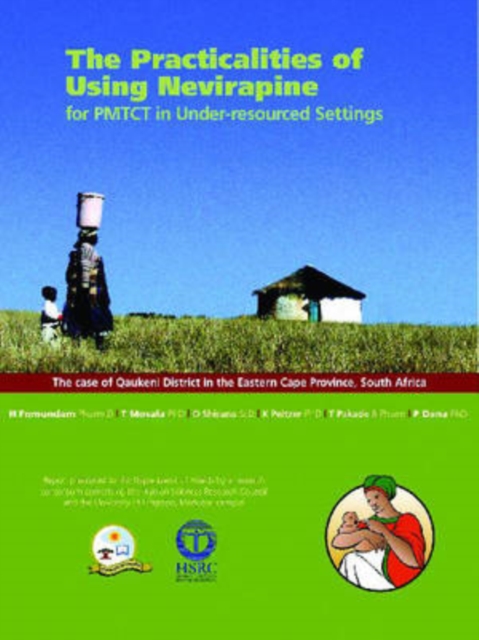
The Practicalities of Using Nevirapine for PMTCT in Under-resourced Settings : The Case of Qaukeni District in the Eastern Cape Province, South Africa Paperback / softback
Paperback / softback
Description
Implementation of the programmes intended to prevent mother-to-child transmission of HIV/AIDS (PMTCT) is a major challenge, particularly in developing countries.
Despite the controversies about Nevirapine (NVP) resistance, safety and efficacy, it is still widely acclaimed and used in most resource-limited countries because it is affordable, easy-to-use and practical.
This study identifies the gaps in NVP use for PMTCT in a rural setting, where almost 42 per cent of pregnant women have to access to healthcare facilities and deliver at home, with the support of traditional birth assistants or family members.
As a result, many rural HIV-positive pregnant women deliver without the opportunity of PMTCT therapy provided by ante-natal clinics.
In response to this problem, an innovative, clinically safe intervention has been designed.
This enables HIV-positive pregnant women to self-administer Nevirapine therapy at the onset of labour, and to both to themselves and their newborn.
The study proposes that the widespread use of this intervention will greatly improve access to PMTCT services for HIV-positive pregnant women.
The report provides District, Provincial and National PMTCT programme managers with information on the challenges of NVP use in rural communities, and a possible solution for women with inadequate access to healthcare facilities.
Information
-
Out of Stock - We are unable to provide an estimated availability date for this product
- Format:Paperback / softback
- Pages:48 pages, Illustrations
- Publisher:HSRC Press
- Publication Date:30/07/2007
- Category:
- ISBN:9780796921253
Information
-
Out of Stock - We are unable to provide an estimated availability date for this product
- Format:Paperback / softback
- Pages:48 pages, Illustrations
- Publisher:HSRC Press
- Publication Date:30/07/2007
- Category:
- ISBN:9780796921253






